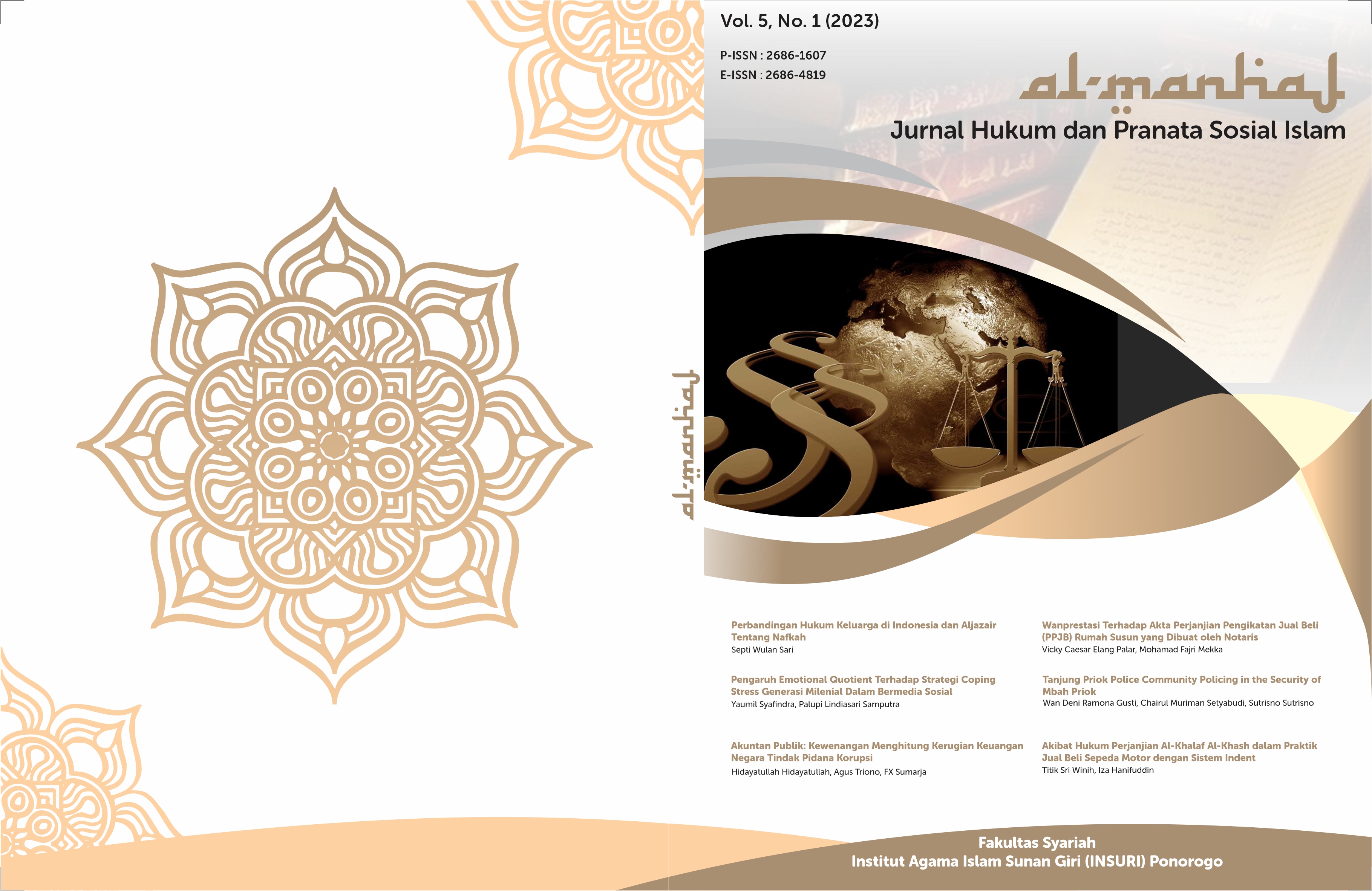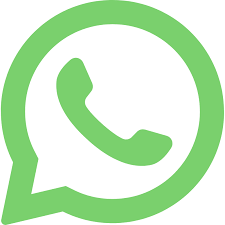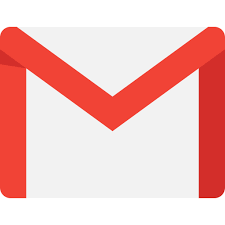Pelanggaran Hukum Terhadap Hak Cipta Lagu Karena Melakukan Perubahan Secara Ilegal
DOI:
https://doi.org/10.37680/almanhaj.v5i1.2646Keywords:
Copyright Son; Moral Rights; Economic RightsAbstract
Copyright is the exclusive right of the creator that arises automatically based on
declarative principles after a work is realized in a tangible form without reducing
restrictions in accordance with the provisions of laws and regulations. The
definition of Copyright is regulated in Law Number 28 of 2014 concerning
Copyright Article 1 number 1. Copyright is different from other Intellectual
Property Rights which must be registered. Copyright does not protect ideas,
information or facts. Copyright begins with the existence of an idea which is then
realized in a tangible form. The idea that has been realized in a tangible form then
gets exclusive rights automatically. There are two types of exclusive rights,
namely moral rights and economic rights. Moral rights are the rights of
individuals or individuals to the copyrighted works they produce not to be
changed by anyone, even though the copyright of the work has actually been
handed over to other parties. Economic rights are the exclusive rights of the
creator or copyright holder to obtain economic benefits from the work. But in
fact, there are still many people who commit copyright infringement without
paying attention to the moral rights and economic rights of the creator or
copyright holder. At this time technology has developed rapidly and committing
a copyright infringement has been easy to do with the development of
technology. Especially the act of copying product photos that occur on the
internet, namely Instagram social media. This raises the question of whether the
act of copying product photos on social media is a violation of copyright and
what are the legal remedies.
References
Defi Arika, Hari Sutra Disemadi, “Perlindungan Pencipta Atas PEmbajakan Novel Di Marketplace”, Jurnal Yustisiabel, Vol.6 No.2 Oktober 2022
Deny Kusmawan, “Perlindungan Hak Cipta Atas Buku”, PERSPEKTIF Vol. XIX No. 2 Tahun 2014
Ida Bagus Komang Hero Bhaskara, “Perlindungan Hukum Terhadap Hak Cipta Lagu Terkait Dengan Perbuahan Lirik Dalam Kegiatan Cover Lagu”, Jurnal Kertha Negara, Vol.9 No.10 Tahun 2021
Jarmiko Winarno, “Penyelesaian Sengketa Hak Cipta Menurut Undang-Undang No.19 Tahun 2002 Tentang Hak Cipta”, Jurnal Independent Vol.2, No.2 2014
Jati Restuningsih, holis Roisah, Adya Paramita Prabandari, “Pelrindungan Hukum Ilustrasi Digital Berdasarkan Undang-Undang Nomor 28 Tahun 2014 Tentang Hak Cipta”, Notarius, Vol.14, No.2 2021.
Mohammad Supri,Agmadi Miru, Farida Pattingi, Harustiati, “Perlindungan Hak Cipta Berita Online Terhadap Agreagator Berita”, Amanna Gappa, Vol.27, No.1 Maret 2019
Muhammad Syahrum, 2022, Pengantar Metodologi Penelitian Hukum: Kajian Penelitian Normatif, Empiris, Penulisan Proposal, Laporan Skripsi dan Tesis, Riau:DOTPLUS Publisher.
Yati Nurhayati, 2019, Pergeseran Delik Pelanggaran Hak Cipta,Banjarmasin: Universitas Islam Kalimantan Muhammad Arsyad Al-Banjary
Zulfikri, “Penegakan Hukum Terhadap PElanggaran Hak Cipta Lagu Dalam Bisnis Karaoke(Analisis Yuridis Putusan MA Nomor:122 PK/Pdt.Sus-HKI/2015)”, KODIFIKASI 2019.
Downloads
Published
How to Cite
Issue
Section
License
Copyright:
- Author retains the copyright and grants the journal the right of first publication of the work simultaneously licensed under a Creative Commons Attribution 4.0 International License that allows others to share the work with an acknowledgment of the work's authorship and initial publication in this journal.
- Author is able to enter into separate, additional contractual arrangements for the non-exclusive distribution of the journal's published version of the work (e.g., post it to an institutional repository or publish it in a book) with the acknowledgment of its initial publication in this journal.
- Author is permitted and encouraged to post his/her work online (e.g., in institutional repositories or on their website) prior to and during the submission process, as it can lead to productive exchanges, as well as earlier and greater citation of the published work (See The Effect of Open Access).
License:
-
Attribution — You must give appropriate credit, provide a link to the license, and indicate if changes were made. You may do so in any reasonable manner, but not in any way that suggests the licensor endorses you or your use.
-
No additional restrictions — You may not apply legal terms or technological measures that legally restrict others from doing anything the license permits.
You are free to:
- Share — copy and redistribute the material in any medium or format
- Adapt — remix, transform, and build upon the material for any purpose, even commercially.

This work is licensed under a Creative Commons Attribution 4.0 International License.














